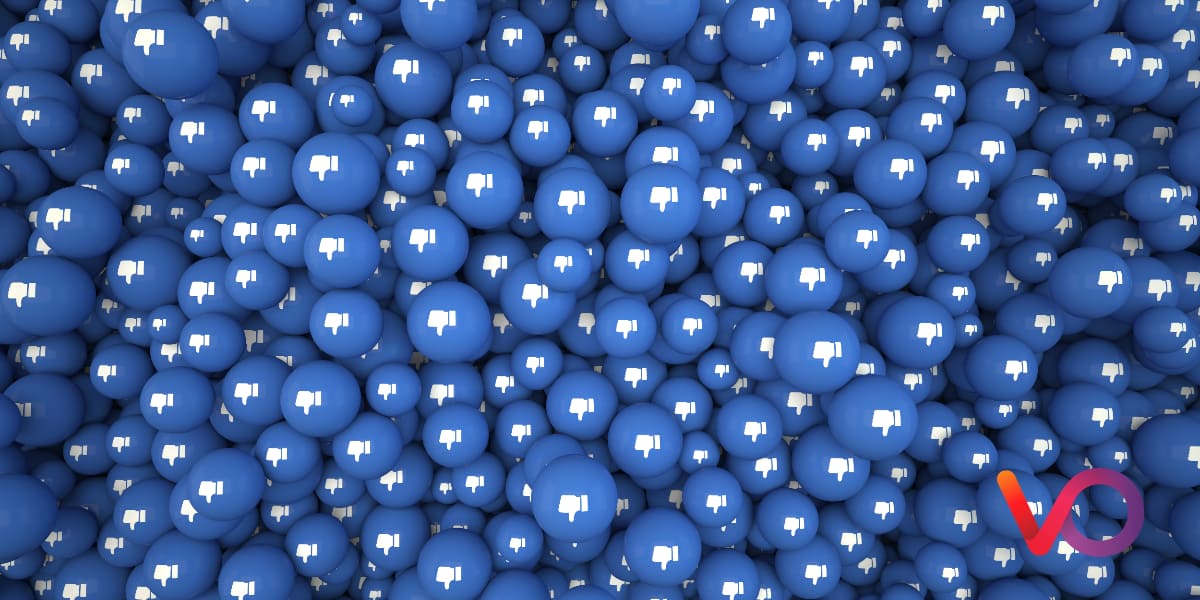As effective countermeasures against peer-to-peer networks have taken hold, so social media piracy has taken off on a multitude of platforms. Operators don't have to be helpless though. [Updated March 2024]
 It is clear to anyone observing the growing attack surfaces of online video piracy that the situation has changed significantly in recent years. Where previously BitTorrent and mega-aggregator websites like The Pirate Bay dominated the landscape, piracy has shifted from being a means of catching up on missed TV shows to a live event. Piracy nowadays is a realtime event taking place over live streams.
It is clear to anyone observing the growing attack surfaces of online video piracy that the situation has changed significantly in recent years. Where previously BitTorrent and mega-aggregator websites like The Pirate Bay dominated the landscape, piracy has shifted from being a means of catching up on missed TV shows to a live event. Piracy nowadays is a realtime event taking place over live streams.
Due in part to the shift in culture away from movies to event programming and mega-budget TV shows, many people are now using illegal streaming as a way to access pirated content. In recent years, the live streaming of sports events has also become a popular target of piracy. This has led to the emergence of well-organized gangs that are expanding the reach and influence of piracy in the sports world.
And from the first big illegal streaming event, the Mayweather vs Pacquiao fight in 2015 which announced the concept of streaming via Periscope to the world, through successive global sporting events such as the soccer World Cup and the Summer Olympics, social media has been at the forefront of this new wave of digital piracy.
The growing problem of illegal streaming
When we first talked about the Mayweather vs Pacquiao fight in May 2015, we reported that as many as 10,000 viewers were watching one Spanish-language stream of the $100 pay-per-view event on Periscope. We also added that Periscope was notified of 66 streams of the fight by rights holders, with just under half of them taken down.
Fast forward to October 2023 when it is estimated that the Fury vs. Ngannou professional cross-over heavyweight boxing match on October 28, 2023, easily surpassed 21 million illegal views.
The reasons why illegal streaming is expanding and expanding on social media, in particular, are primarily threefold:
- The growing availability of faster broadband is ensuring that pirate streams can be accessed with a picture quality that can be close to indistinguishable from legitimate streams
- Video is increasingly being placed at the core of social media platforms’ business models due to its ability to monetize content with pre- and mid-roll advertising.
- The platforms themselves have been designed from the ground up to spread information quickly — and largely unchecked — across themselves via an interlocked cloud of hashtags, likes and shares.
It is a perfect environment for video piracy to thrive. The question has to be, what are the social platforms doing about it? This is not taking place on the free open internet but in what are effectively gated communities, which operate under their own strict rules and algorithms.
The answer reveals a patchy process governed by automated tools and increasingly AI that are less than 100% effective.
X (formerly Twitter) says it responds to takedown requests from rights holders but doesn’t hunt for clips or provide the same sort of matching service. YouTube, meanwhile, has a long-standing ‘matching service’ called Content ID. This works by analyzing the video streams on its servers with reference streams uploaded by rights holders: if it finds a match, it sends up a warning flag.
Facebook’s own technique for doing this is called Rights Manager, and it works in a similar way, offering owners the option of takedown or monetization. As part of the company’s first Transparency Report released at the end of 2017, the social media giant revealed that 479,329 requests for the removal of content were made that year. In that same timeframe, 3,748,014 items were removed (requests can list a single post or file but can also contain more items), all of which work out to just over 10,000 per day.
Let's fast forward once more, this time to 2022, the last year for which Facebook owner Meta has released complete numbers. In December 2022 alone, it received 657,000 reports of copyright infringement. 81.31% of that material was removed, roughly 599,000 items (it no longer breaks these out into individual files).
In other words, over the course of five years we now see more illegal content every month than we used to see in a year.
Facebook's attitude used to be that the onus was on rights holders to report an infringement. However, in 2020 it rolled out proactive copyright enforcement tools. As a result, in that same December 2022 period, the amount of content it proactively removed for potential copyright infringement (and before it was reported to the company by a rights holder) stood at 6.79 million items.
It's an effort that should be lauded. However, the problem is that even if Facebook is only missing 10% of the content, close to 700,000 copyright-infringed items per month are published on its sites.
Social media piracy: taking action
According to data from the most recent Observatory on Piracy and Digital Content Consumption Habits report, while the majority of searchers for illegal content use Google (84%), 27% use social media. This breaks down further to Facebook (45%), Telegram (38%), YouTube (37%), WhatsApp (30%) and Instagram (27%), being the most widely used.
TikTok, meanwhile, has become the new frontier of entertainment piracy. First with music and now increasingly with video content, users are chopping up films and TV shows into bite-sized segments, uploading anything between 10 to 100 ‘episodes’ as they go. These are then shared and commented on both in context and out of context, with some breaking out and going viral.
TikTok's becoming a TV platform. One pirated clip at a time explains a CBC News item, stating that a single clip of 2022's horror/thriller Fall racked up 105 million views, and that multiple accounts have posted large segments of the movie to similar numbers.
For an examination of how strange and bizarre this world of chopped up TikTok content can get, have a look at the video below as YouTuber Savantics explains what is known as The Family Guy Pipeline and what she refers to as "the new age of piracy: Family Guy episodes being posted in several parts, with soap-cutting underneath, by accounts run by bots."
TikTok does, of course, have automatic ways to detect copyrighted materials, but the sheer volume of content and the way that its algorithm pushes it incessantly towards users seems to be undermining its effectiveness.
Content can be shared with blinding speed across social media platforms because that is what they have been engineered to do. And while social networks are putting tools in place to help guard against copyright infringement, the systems are imperfect. From fake news to cyber trolls to hate speech, social media, on the whole, has many issues with content, and even more so in the age of genAI. It would be a very optimistic viewpoint to assume that its tools alone will help protect content from being widely and rapidly shared across its networks.
That means that the rest of the work is up to us.

